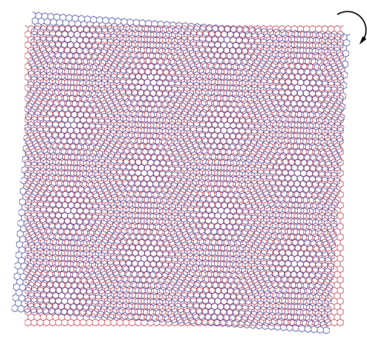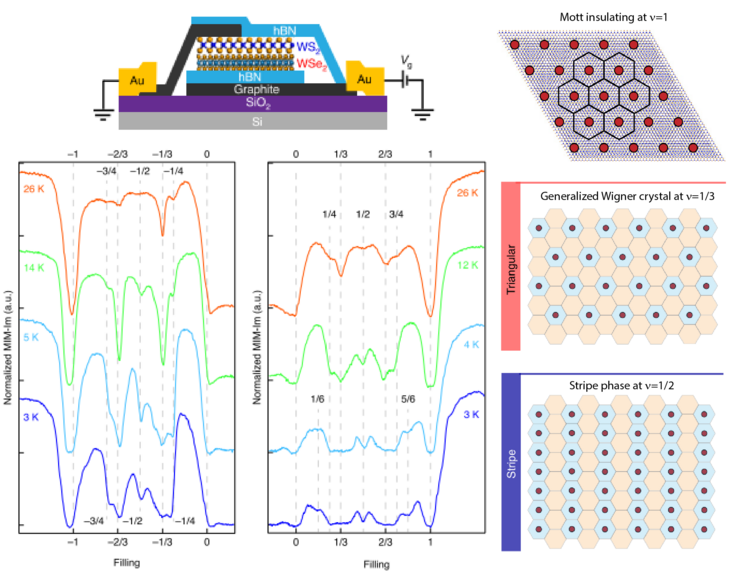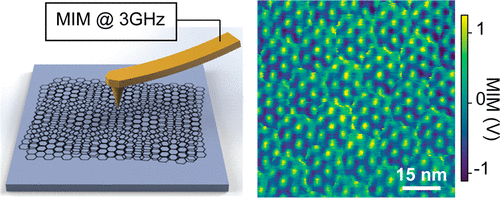Correlated States in Moiré Superlattices
Moiré patterns in 2D materials are created by stacking two crystalline layers with a twist angle or a slight difference in lattice constants. The moiré pattern acts as a superlattice that dramatically modifies the electronic band structure, often leading to flat bands where the electron kinetic energy is suppressed. In these flat bands, electron-electron interactions dominate, giving rise to a rich variety of correlated phenomena such as Mott insulators, superconductivity, generalized Wigner crystals, integer and fractional Chern insulators, etc. The capability of Microwave Impedance Microscopy (MIM) to spatially resolve local conductivity under low temperatures and high magnetic fields makes it a powerful technique for investigating these correlated states in moiré superlattices.
- Identifying Correlated Insulating States in Moiré Superlattices
-
Imaging Local Electrical Features in Moiré Superlattices
The spatial resolution capability of MIM offers another approach to studying moiré superlattices by imaging local electrical features with nanoscale precision. A striking application is the direct visualization of moiré superlattices via MIM. In our 2021 study, we simultaneously performed contact-mode MIM and c-AFM on a graphene/hBN heterostructure, obtaining moiré pattern images with 2 nm spatial resolution. Furthermore, in an angle-aligned trilayer system, we observed two distinct sets of moiré superlattices with different periodicities, revealing potential interference effects. This interference introduces an additional degree of freedom for electronic band structure engineering in moiré materials. More details can be found in Nano Lett., 21, 4292−4298 (2021).


